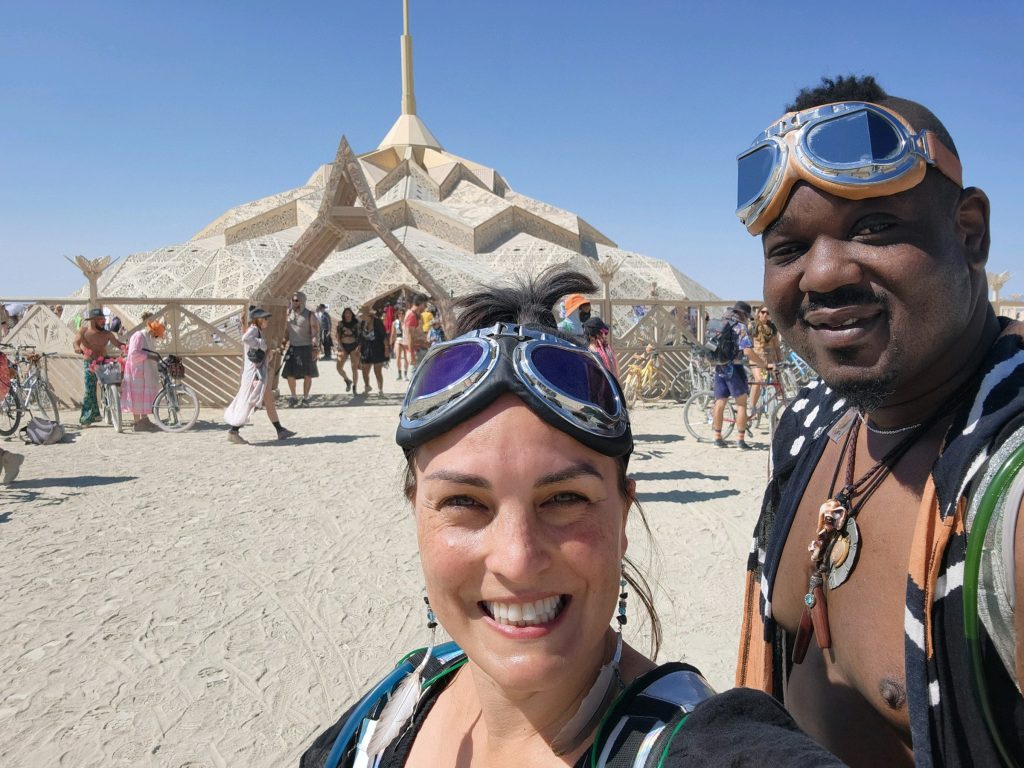
Hartwick Resident Reflects on Muddy, Fulfilling Burning Man
By WRILEY NELSON
PERSHING COUNTY, NV
The 2023 Burning Man festival in Nevada’s Black Rock Desert became international news after heavy rainfall caused flash flooding and stranded thousands of vehicles in thick, sticky alkaline mud.
Among the attendees was first-time Burner and Cooperstown-area dental hygienist Maria Kaltenbach, who shared her story of an exciting week only moderately dampened by bad weather.
You have reached your limit of 3 free articles
To Continue Reading
Our hard-copy and online publications cover the news of Otsego County by putting the community back into the newspaper. We are funded entirely by advertising and subscriptions. With your support, we continue to offer local, independent reporting that is not influenced by commercial or political ties.

